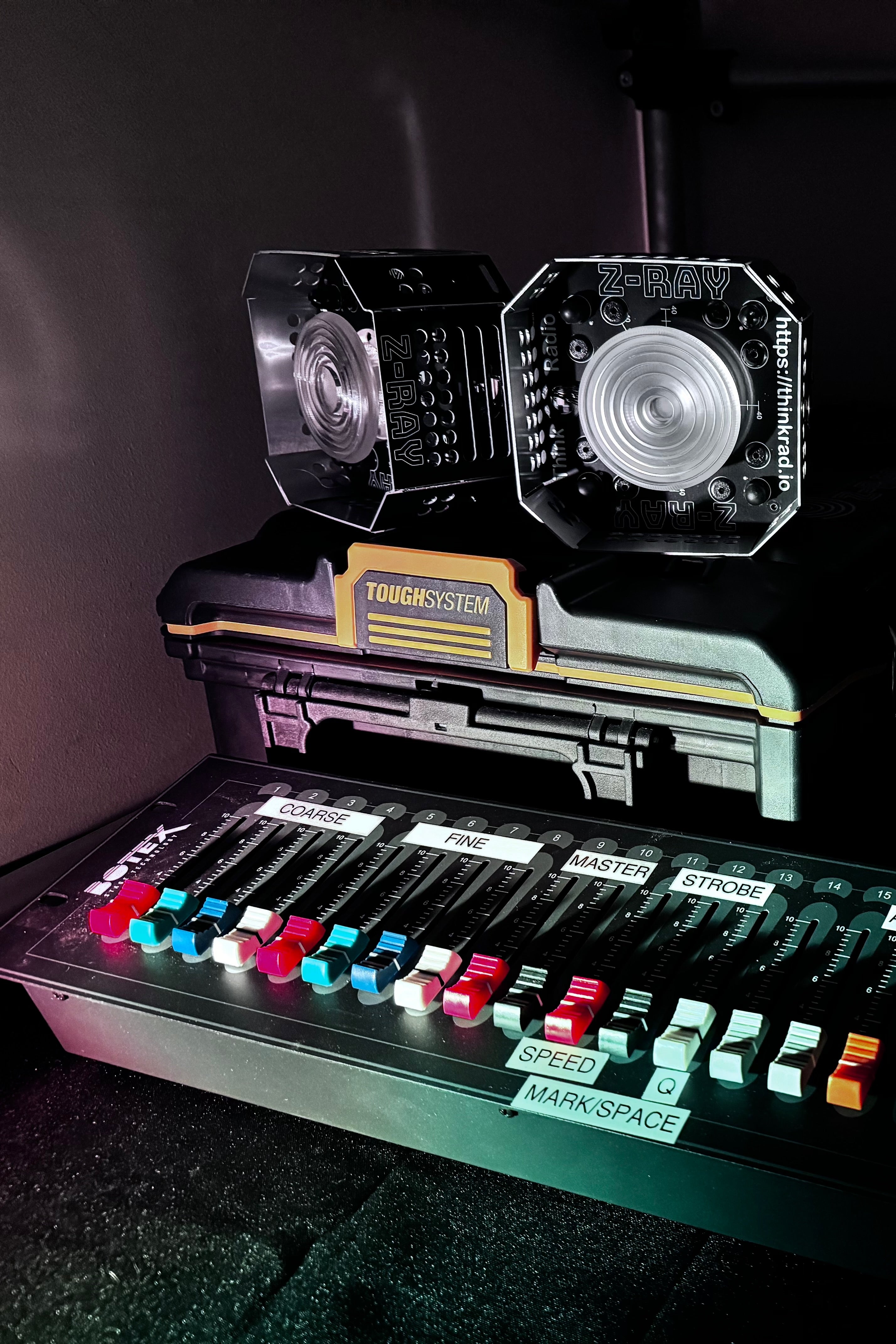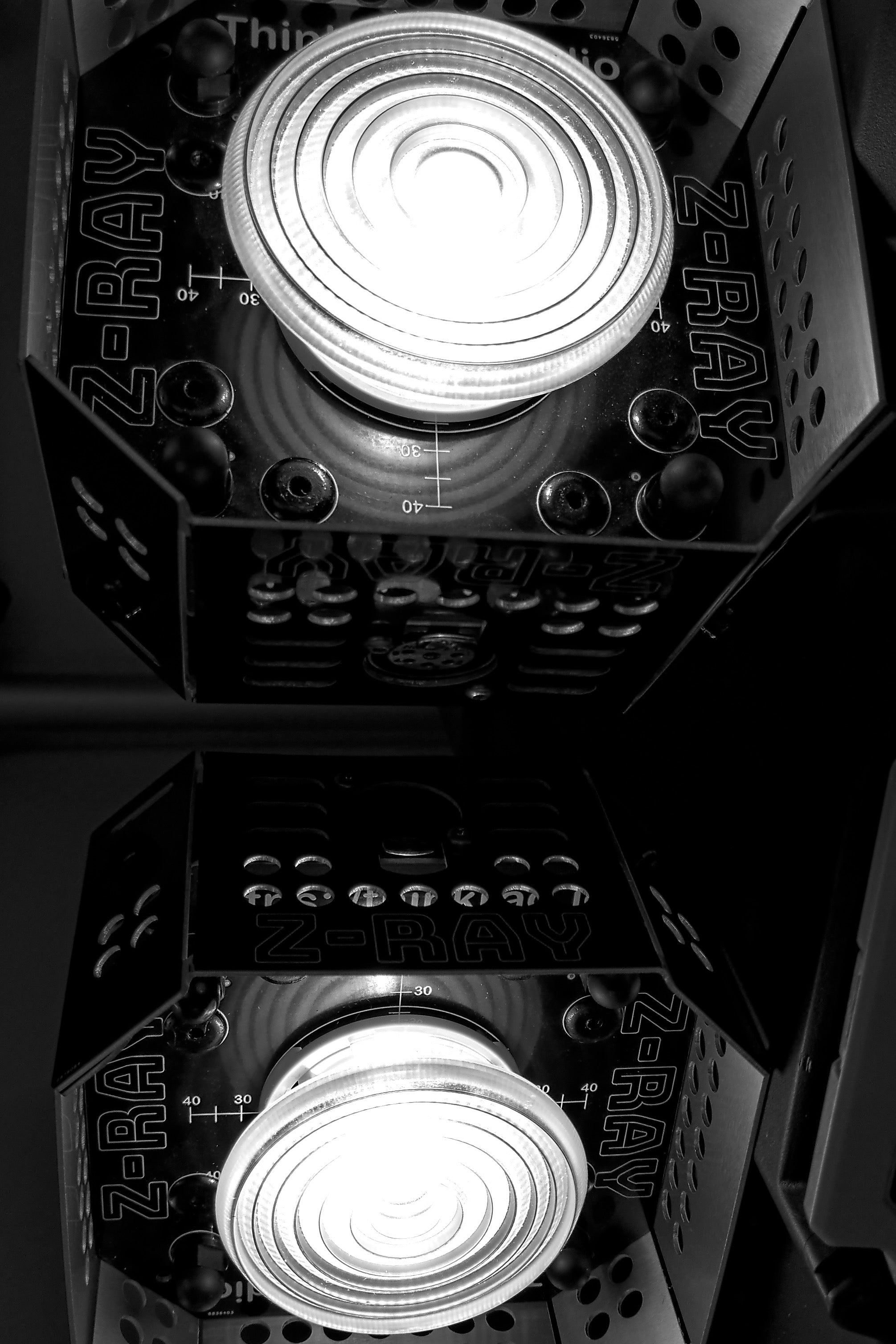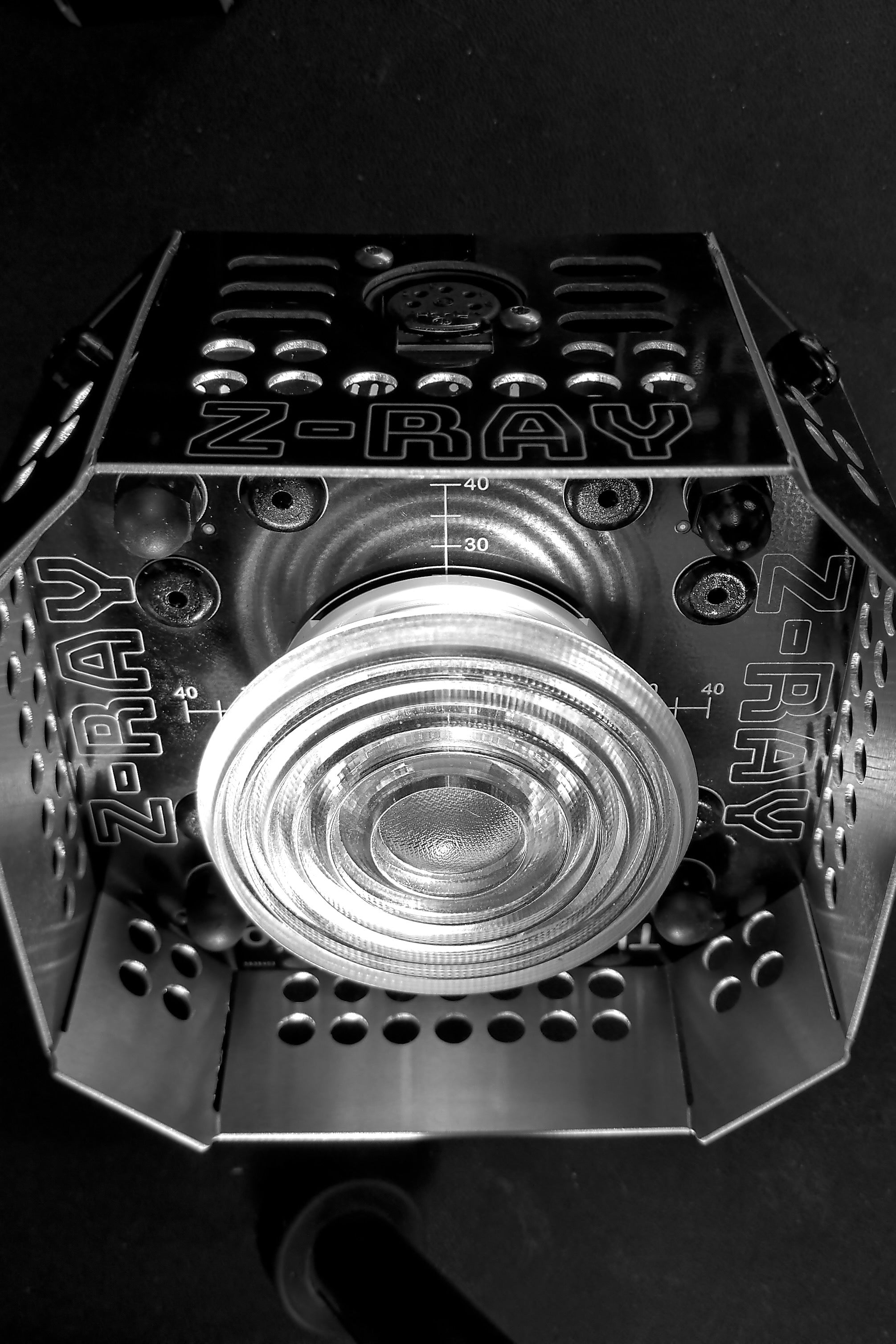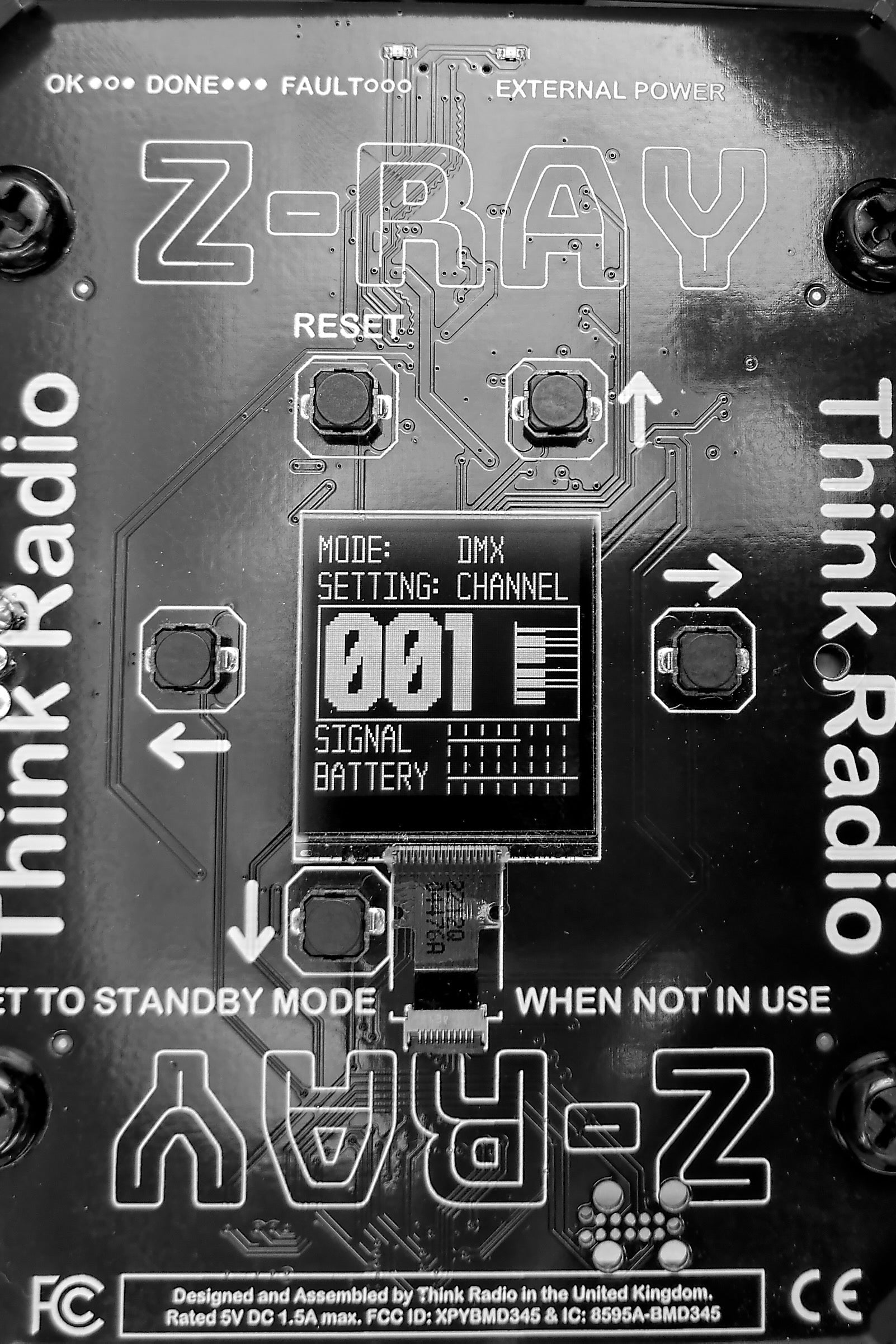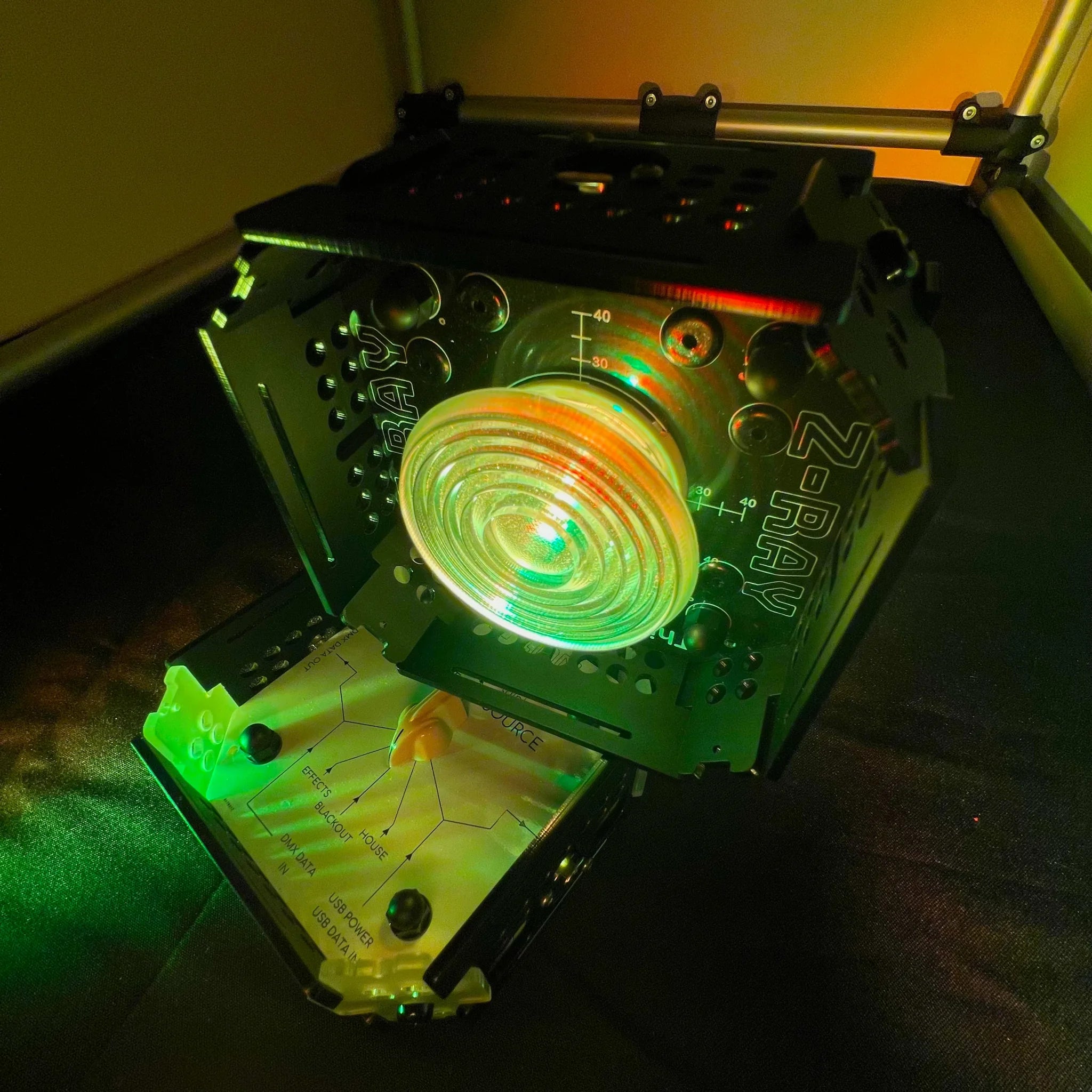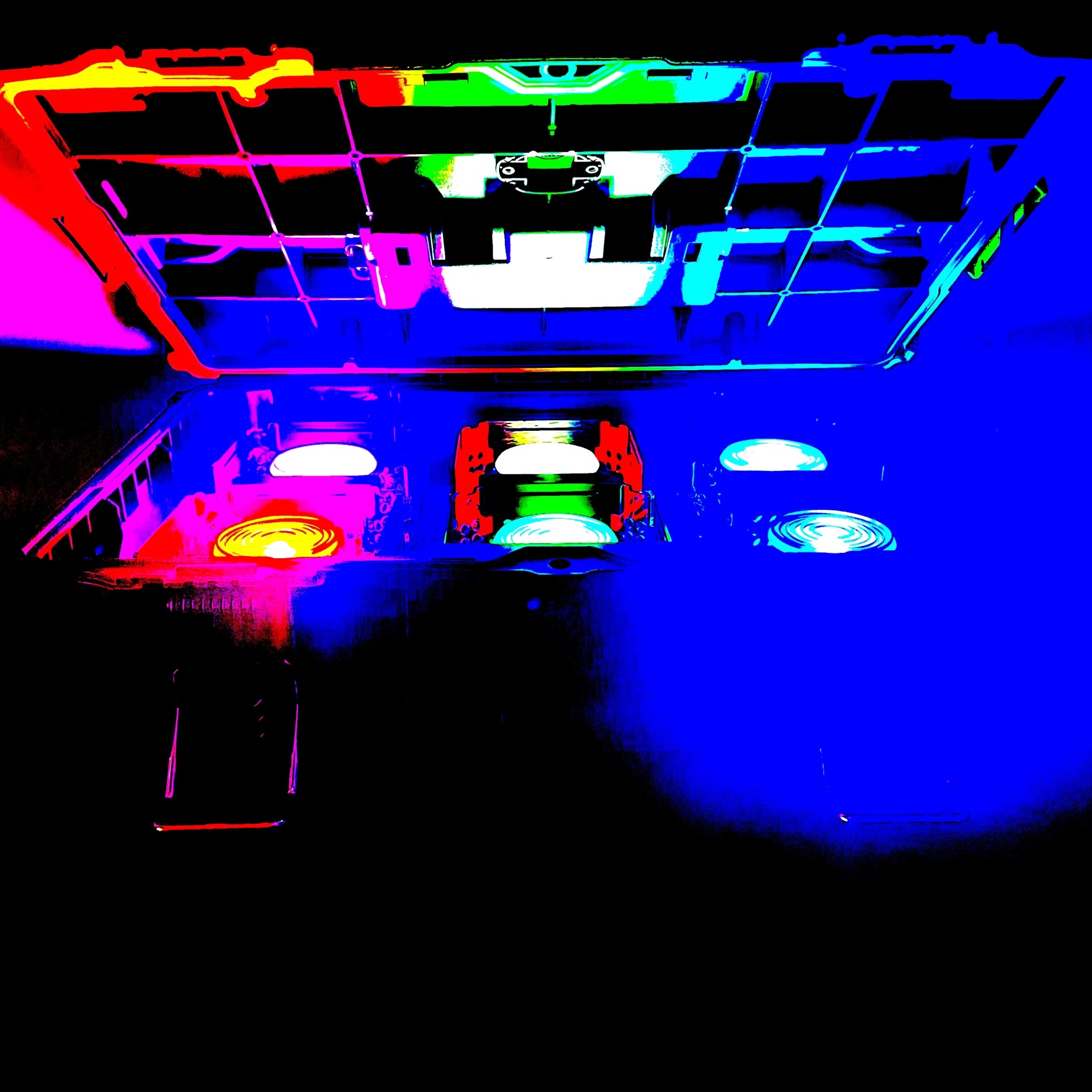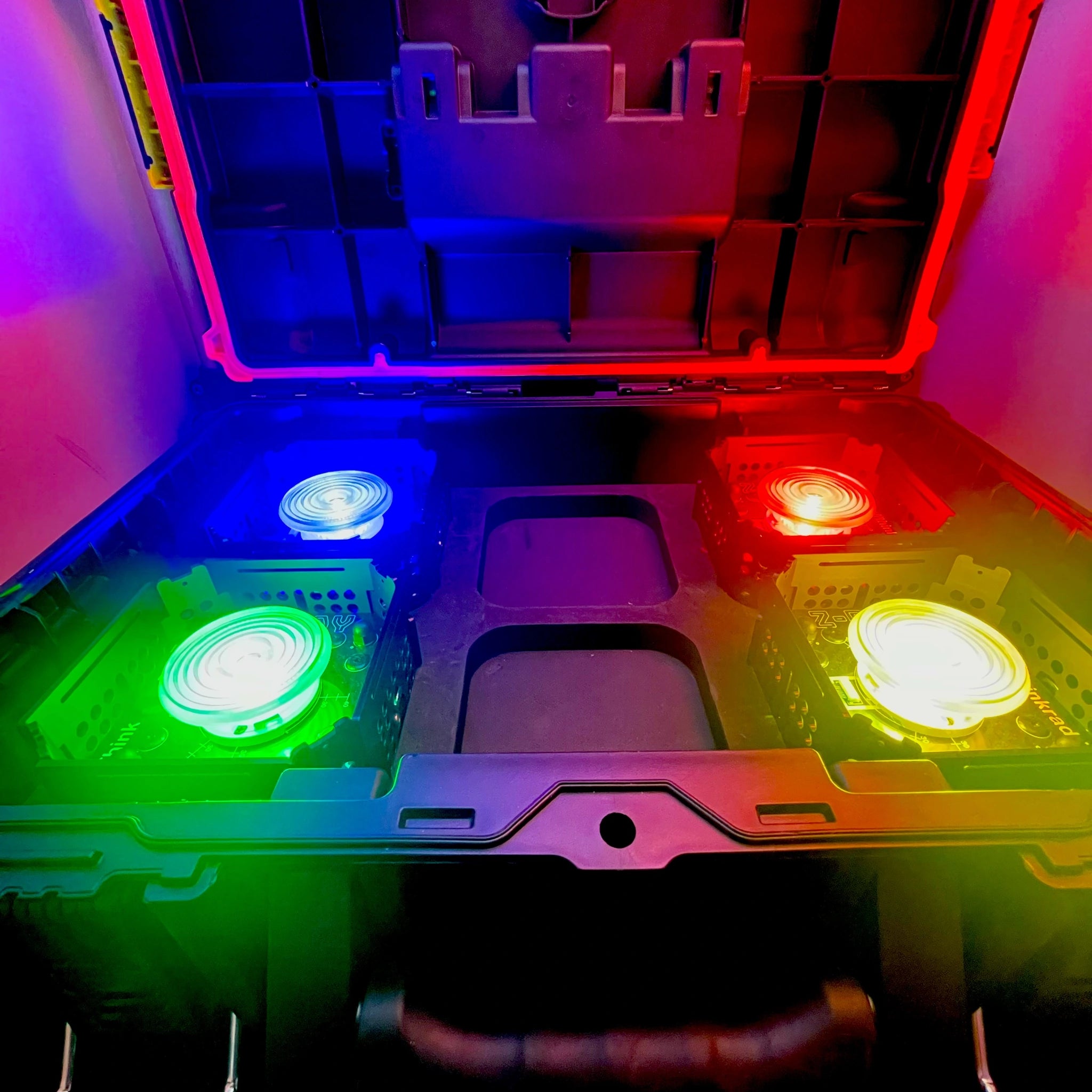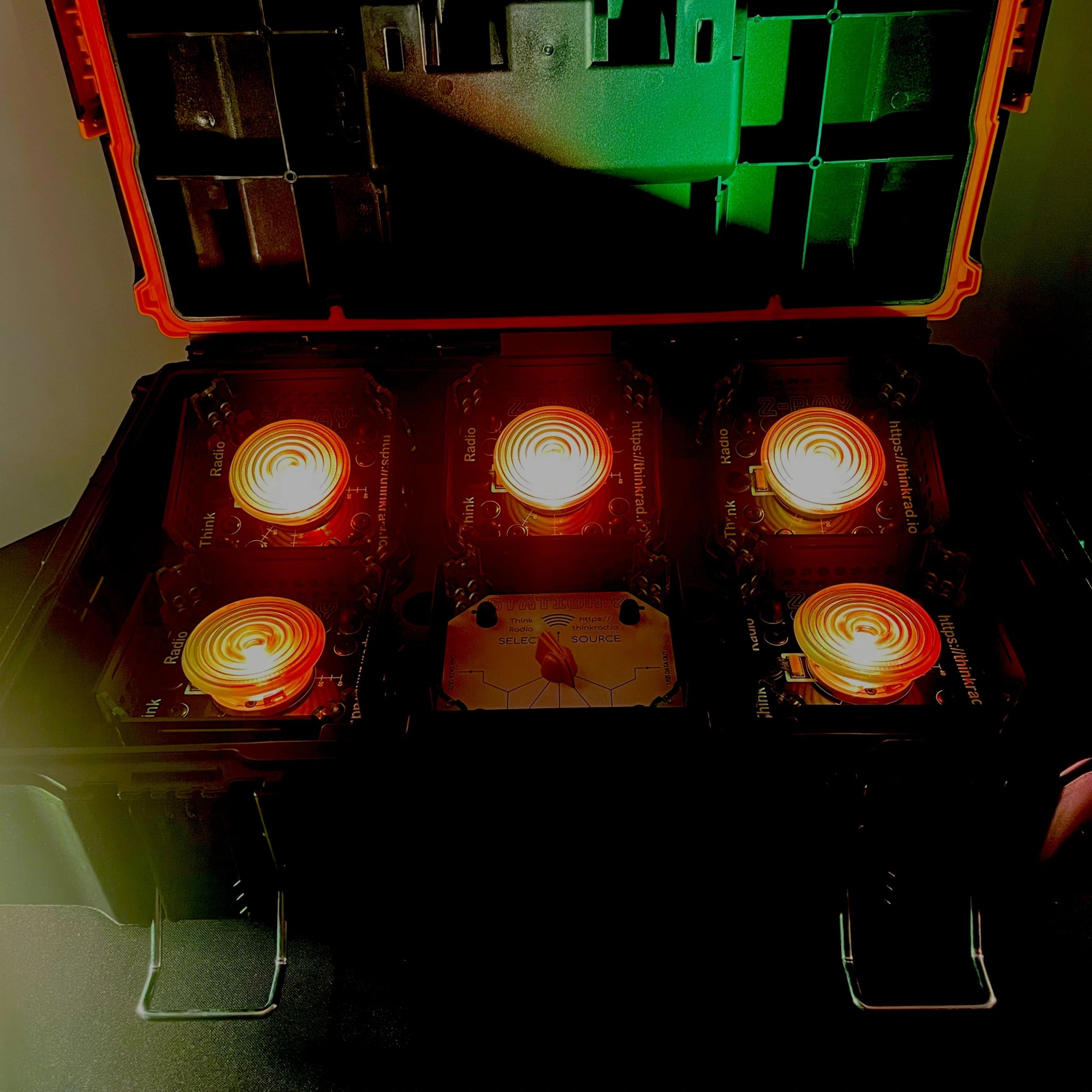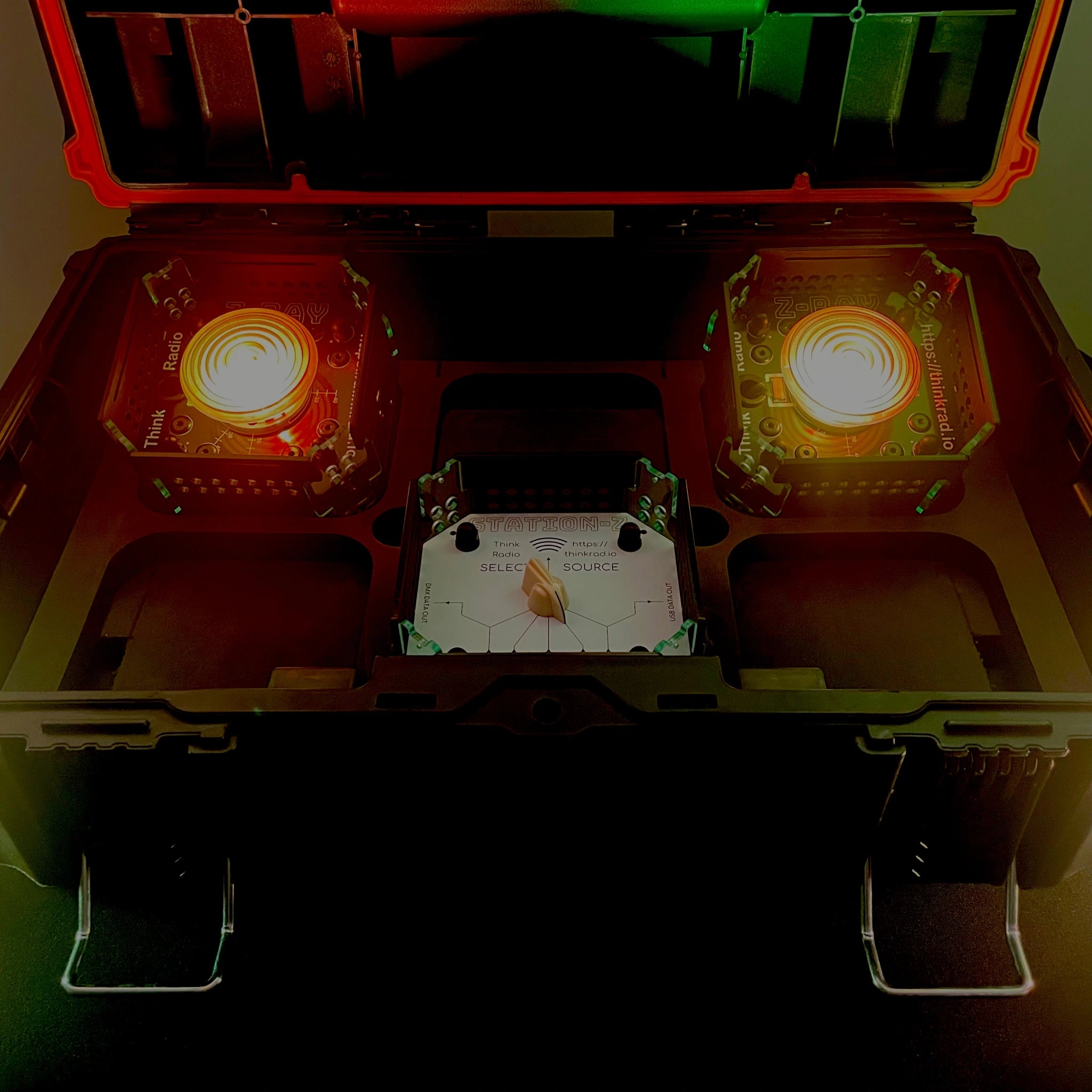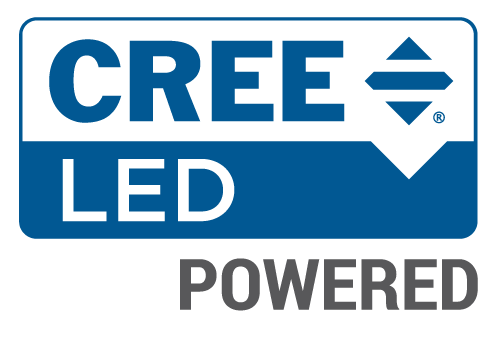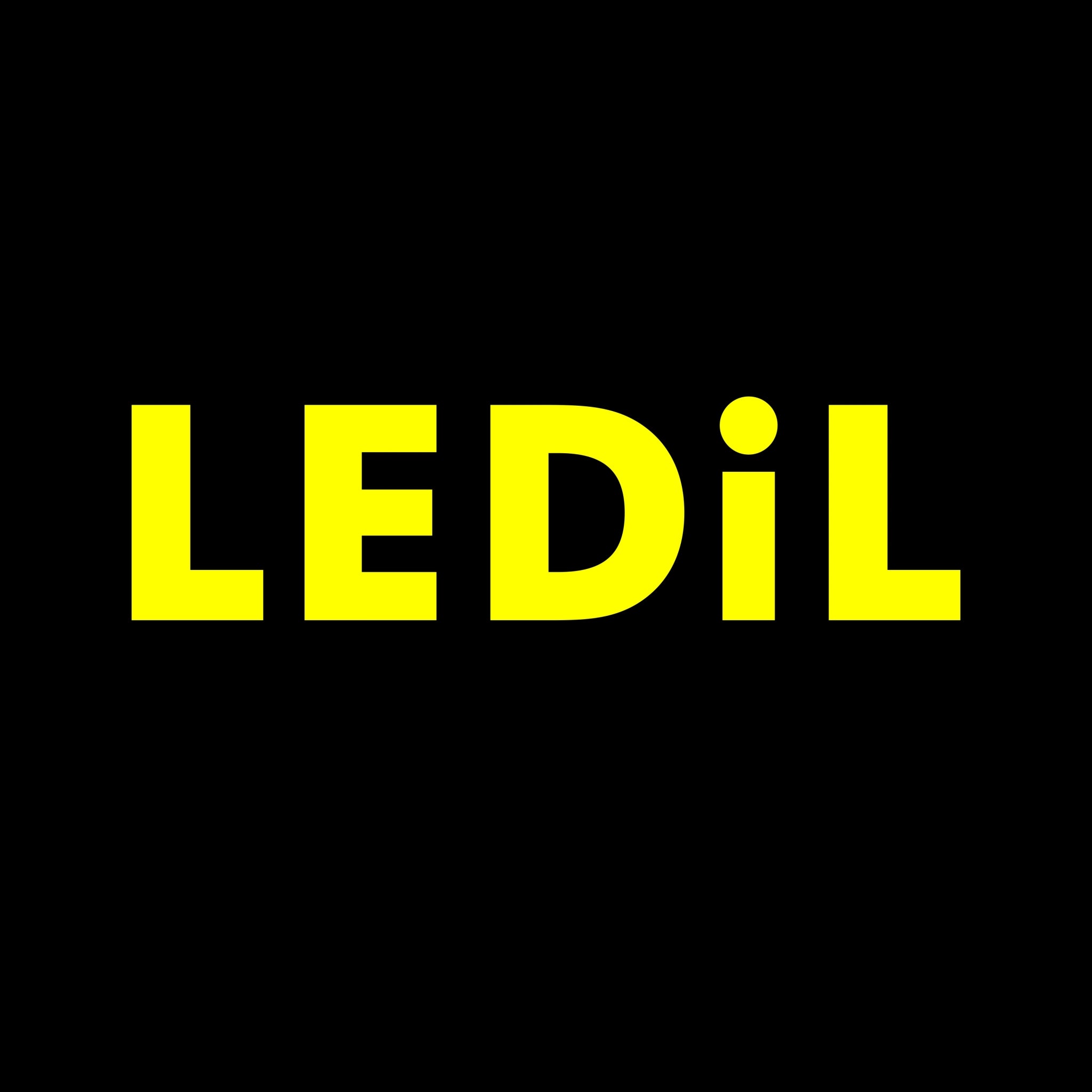Let us talk you through your event lighting needs.
STARTER KITS
SPARE PARTS
SPARE PARTS - Z-RAY - MAIN BOARD
£100.00
SPARE PARTS - Z-RAY - LED BOARD
£60.00
SPARE PARTS - Z-RAY - ZORYA LENS KIT
£15.00
SPARE PARTS - Z-RAY - TRANSPARENT FRONT PANEL
£10.00
SPARE PARTS - Z-RAY - SMALL PARTS - COMPLETE SET NYLON
£25.00
SPARE PARTS - STATION-X - MAIN BOARD
£90.00
SPARE PARTS - STATION-X - FRONT PANEL
£10.00
SPARE PARTS - STATION-X - TRANSPARENT REAR PANEL
£10.00
SPARE PARTS - STATION-X - SMALL PARTS - COMPLETE SET NYLON
£25.00
SPARE PARTS - STATION-X OR Z-RAY - ARCA SWISS MOUNT
£10.00
CUSTOM PARTS - STATION-X - SMALL PARTS - COMPLETE SET STAINLESS STEEL
£25.00
CUSTOM PARTS - Z-RAY - SMALL PARTS - COMPLETE SET STAINLESS STEEL
£25.00
SPARE PARTS - Z-RAY - FRESNEL LENS KIT
£15.00
EXTENSION KITS
“These lights are brilliant! The small footprint and wireless form factor makes them incredibly versatile.”
"Amazing experience working with the lighting configuration of Z-rays, they made our event so much more immersive!"
"Can we get more of this?"
TECH SPECS
-
Read more: Z-RAY PHOTOMETRY
Z-RAY PHOTOMETRY
Z-RAY Photometry.As Z-RAY has interchangeable lenses, and as users are not limited to the lens options supplied by Think Radio, this photometry spe...Read more -
Read more: STATION-X GENERAL SPECIFICATIONS
STATION-X GENERAL SPECIFICATIONS
STATION-X General SpecificationsTHIS SPECIFICATION AS A .PDF FILE POWER REQUIREMENTS USB-C, 5V 500mA Maximum INPUT 1 / OUTPUT 1 INPUT 1:...Read more -
Read more: Z-RAY GENERAL SPECIFICATIONS
Z-RAY GENERAL SPECIFICATIONS
Z-RAY General SpecificationsTHIS SPECIFICATION AS A .PDF FILE LED TYPE CREE XLamp XM-L Color Gen 2Red/Green/Blue/White,on smallest possible sin...Read more

